You do not need to be in Japan long to see that alcohol, sake, is available almost anytime, anywhere. Whether you’re coming home after a long shift at work or a day of exploring Japan hangry because you couldn’t find enough GF food to eat, you might be craving a kampai, Cheers!
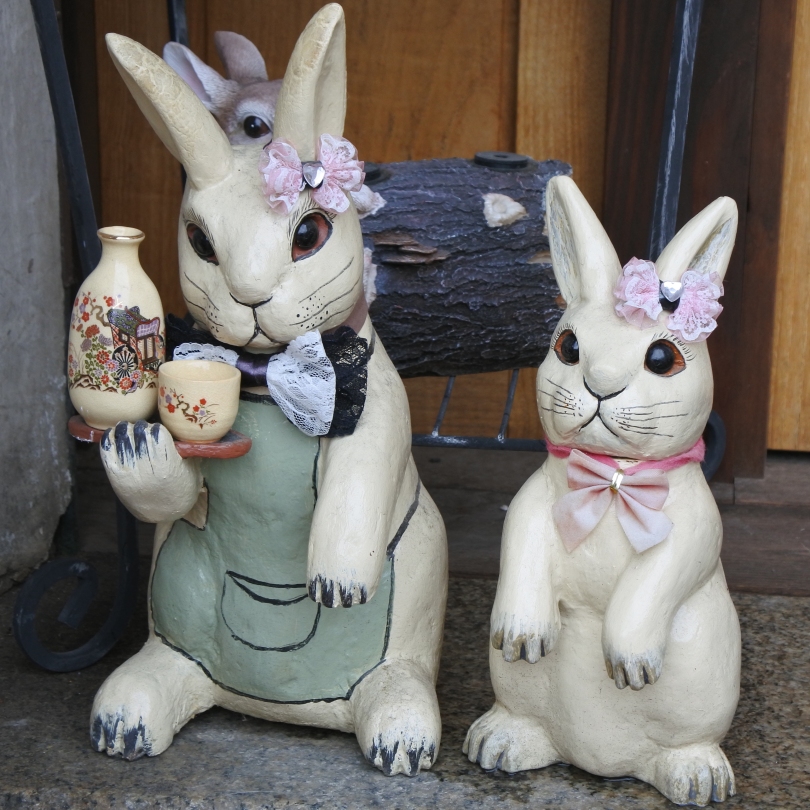
Many visitors think sake refers to only Nihonshu, rice wine. However, sake in Japanese refers to all booze, and many Japanese people enjoy the same drinks we do around the world: beer, wine, spirits, cocktails, etc.
What booze is Gluten-Free in Japan?
This will depend on how strict of guidelines you follow. It is rare for drinks to be certified gluten-free in Japan, and most labeling will be in Japanese. (For more on the Japanese allergen labeling system or using Google translate.) Also, Japanese companies are not required to mark allergens on alcoholic beverages, unlike food items.

In the international celiac community, there is debate about which distilled spirits can be consumed. A gin and tonic or a vodka and soda, for instance, is readily available at just about every bar in Japan, so if you’re comfortable drinking those cocktails at home, you won’t struggle here.
Use the same level of caution and common sense you would at home, and you will likely find something that works for you. We have almost never had an issue finding something GF-friendly as long as we were flexible.
Gluten-Free Wine, Cider, and Beer

What follows is a guide to some of the gluten-free-friendly, commonly available beverages. These beverages are not certified gluten free, so please use your best judgment.
Although bars abound, drinking in public is also legal in Japan, so many people might choose to buy something safe and drink it in a park or on the street.
Gluten-Free “Beer”
True gluten-free beer isn’t so easy to find in Japan. The most common (accidentally) gluten-free “beer” is Kirin Nodogoshi Nama, which is sold in almost every convenience store. Technically, it is not beer: it is a beer-flavored alcoholic beverage made from soy protein. Unfortunately, it is seldom available in restaurants or bars.
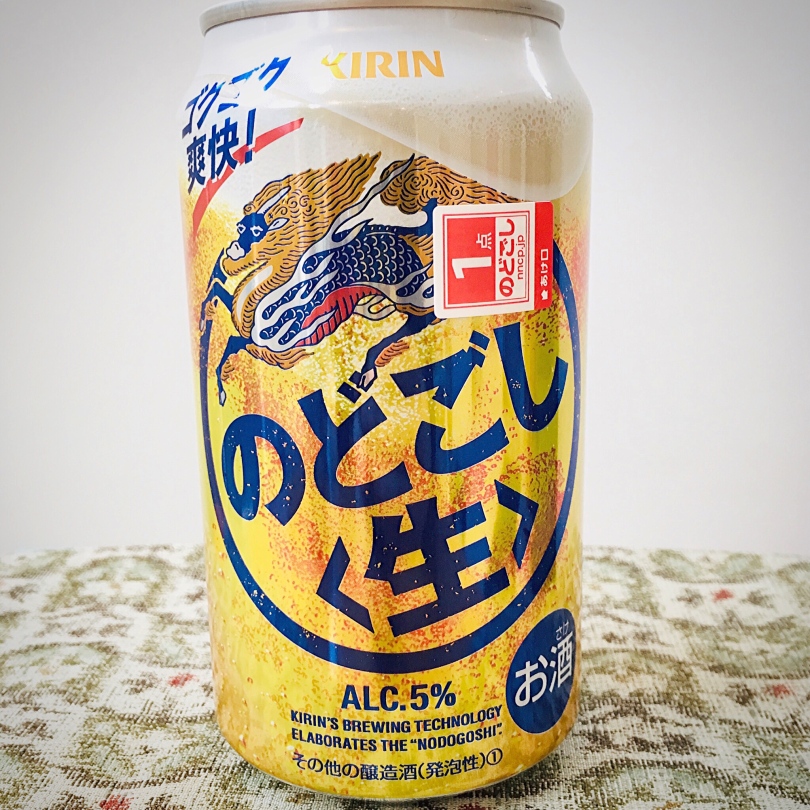
Be careful that you buy the can that looks exactly like this one since sometimes you might encounter other versions of this “beer” that are not gluten free. You can read more about why it’s gluten free here.
Kirin does not confirm that there is not cross-contamination in the Kirin factory, but the fact that it is served at Little Bird and Where is a Dog?, both entirely GF restaurants, makes it a fairly safe bet. We have personally had no reaction to it; some bloggers have also tested it for gluten and did not find any present.
Gluten-Free Hard Cider

Kirin Hard Cidre is a bottled dry cider found in most convenience stores. If you’d like to drink in a pub, Kirin City, a chain all over Japan, also usually has it on tap.
Generally, when you ask for “cider” in Japan, many people will think you are talking about a soft, bubbly sparkling soft drink, so you might need to pronounce it like, “she-doe-ru” to get something alcoholic.
Since it isn’t certified gluten free, some people have done tests on Kirin Cidre and found no gluten.
Some specialty chains, like Seijo Ishii or Cave de Yamaya, also often carry a couple of imported ciders like Savanna or Nat’s Hard Cider.

One more tip: most British pubs will have at least one hard cider, bottled or on tap. Regardless of where you are in Japan, searching for a British pub nearby might lead you to cider. For example, Hub, a popular pub chain throughout Japan, carries ciders. Be aware that Hub can be a rowdy and smoky place to hang out, especially at happy hour, so some people might prefer more relaxed spots.
Gluten-Free Wine
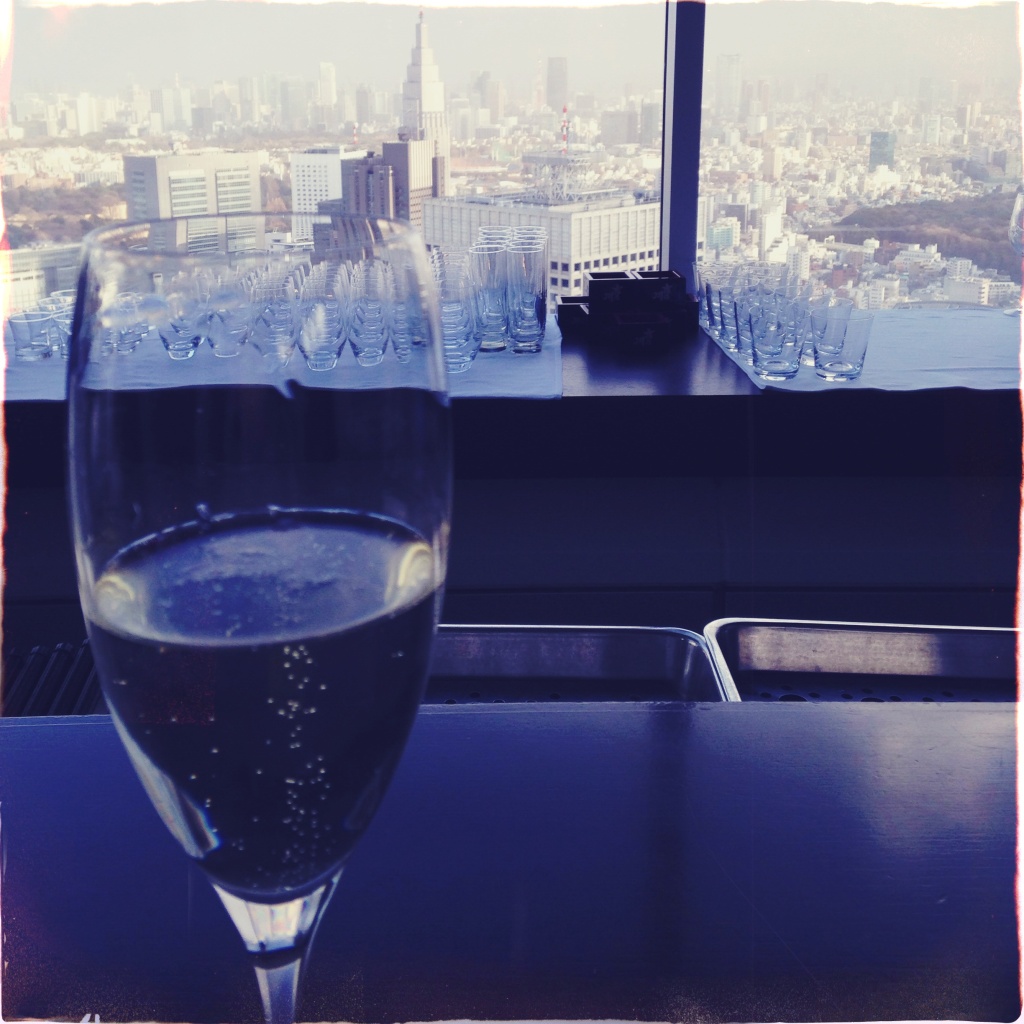
Even though Japan isn’t traditionally a wine drinking country, lots of places sell wine, both domestic and imported. Even convenience stores will usually have at least a modest wine selection. If you’re drinking in a bar or restaurant, glass wine is usually available and about 300-800 yen.
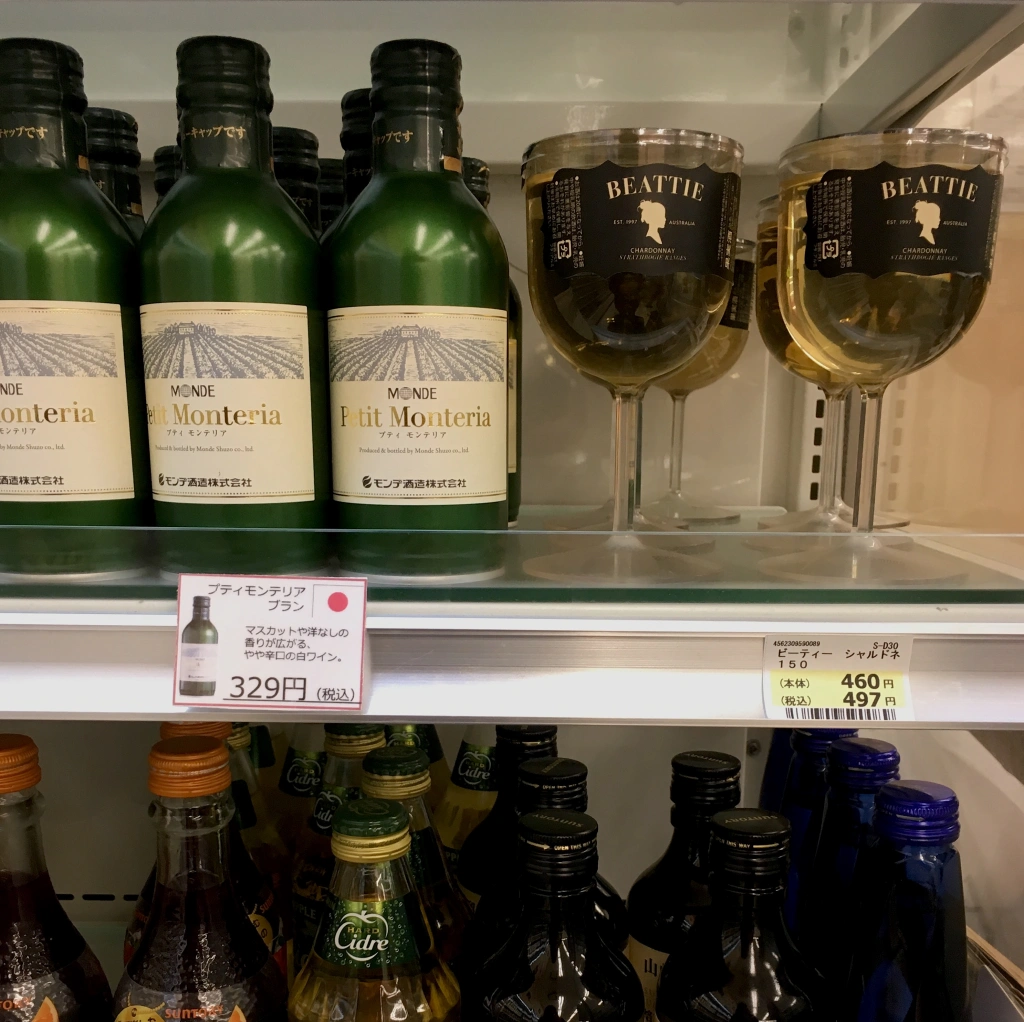
Most people agree that the majority of wine is usually gluten free, but since it is fermented, not distilled, and companies are not required to label cross-contamination, people sensitive to CC should exercise caution.
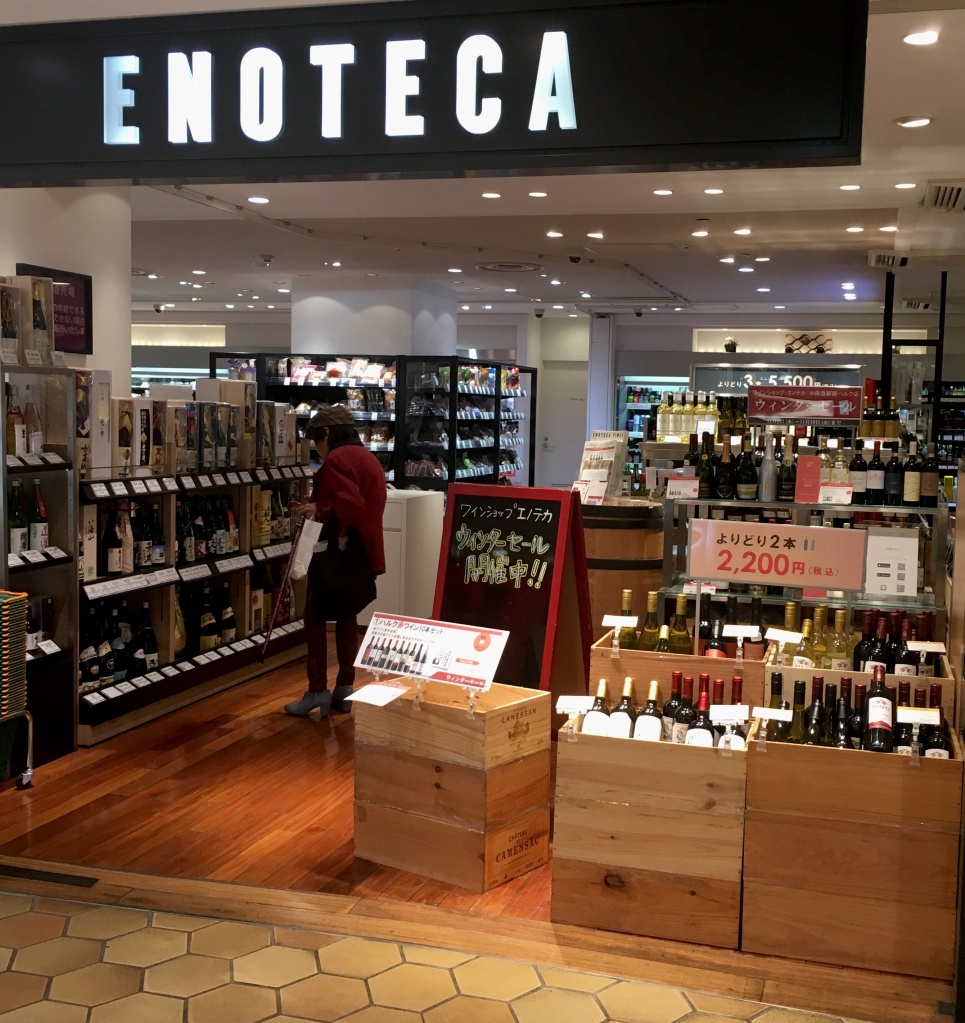
If you’re especially concerned, buying your own bottle and researching the company’s certifications is the safest bet. Import shops like Cave de Yamaya, Kaldi Coffee Farm, Enoteca, Liquor Mountain, Kinokuniya, etc. will also usually have extensive wine collections.
Gluten-Free Booze at an Izakaya or Japanese Restaurant
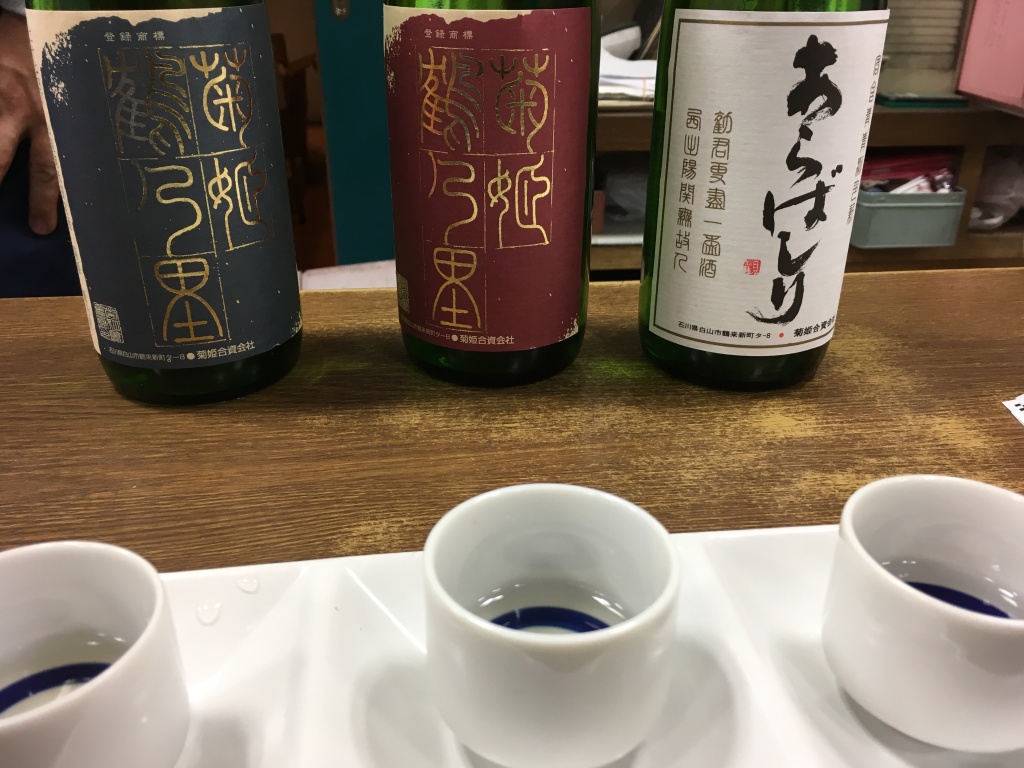
Most Japanese pubs and restaurants are unlikely to have gluten-free beer or cider. Depending on the shop, the staff might not know very much about which beverages are safe for celiacs even if you show your allergy card. Nevertheless, we have some recommended GF-Friendly drinks to order.
Gluten-Free Nihonshu AKA “Sake”

Some websites claim that all rice wine, nihonshu, is gluten-free, but “Junmai” is the safest bet since it is just made from rice with no other additives. Generally speaking, the cheaper the sake, the less likely that it is gluten-free.
Even if it is junmai, there is a possibility for trace amounts of gluten to be present, so people who are very sensitive might want to avoid sake altogether.
It’s hard to find any sake certified gluten-free in Japan, but Takara’s export site does list some sake as “gluten-free.” Looking at their products, could help you navigate sake in Japan as well. However, as many celiacs are aware, gluten-free can be a bit of a misnomer. Even though something is labeled “gluten-free” does not mean it is entirely safe, and some people will have a reaction.
If you do decide to drink sake, many liquor and souvenir shops sell local one-cup sakes, which make it possible to have sake on the go. Nevertheless, keep an eye out for the Junmai, not the cheap ones.

Gluten-Free Shochu
These days, many Japanese people prefer shochu, distilled spirits that can be made from a variety of ingredients. Some people say that all shochu is gluten-free, even the ones made from barley or wheat, because it is distilled, but to be on the safe side people might choose shochu made from GF ingredients, like sweet potato (imo-jochu) or rice (kome-jochu). Shochu is often served on the rocks, or in the winter, with hot water, oyuwari. Awamori, spirits from Okinawa, is also usually gluten-free since it is made from rice.
If you want to be extra careful with your shochu choices, Takara’s USA shop has an online list of which of their shochu is GF, including pictures of the bottles and descriptions of the ingredients, flavors, and pairings. You could likely find many of these types in a bar or alcohol shop.
Gluten-Free Ume-Shu (Plum Wine)
It is difficult to make any general statement about whether ume-shu is safe or not because it can be made from either nihonshu or shochu, and it is not always clear what kind it is made with. Many blogs claim ume-shu is gluten free, and other celiacs have told me that they drink this without any issues, but we cannot make any concrete claims about all ume-shu. We did find one company, Plum Gekkeikan, that claims to be gluten-free.
Gluten-Free Chuhais

Chuhais (short for “shochu highball”) are found in bars, izakayas, and convenience stores, but they are a little bit more controversial because there are so many kinds, they are often made with a long list of ingredients, and they often contain mysterious spirits. Depending on the type, some are definitely safer than others.
In another part of this series, we will give some specific recommendations on chuhais, but it is unlikely to find any that are guaranteed gluten free.
Ask us anything!
As you can see, it’s challenging to generalize about gluten-free alcohol in Japan, but if you do your research, you should be able to find something yummy to drink!
This is part one of (at least) a three part series, based on questions we’ve received, but let us know in the comments what questions you still have!
What is your favorite GF-Friendly Beverage in Japan? Let us know in the comments.


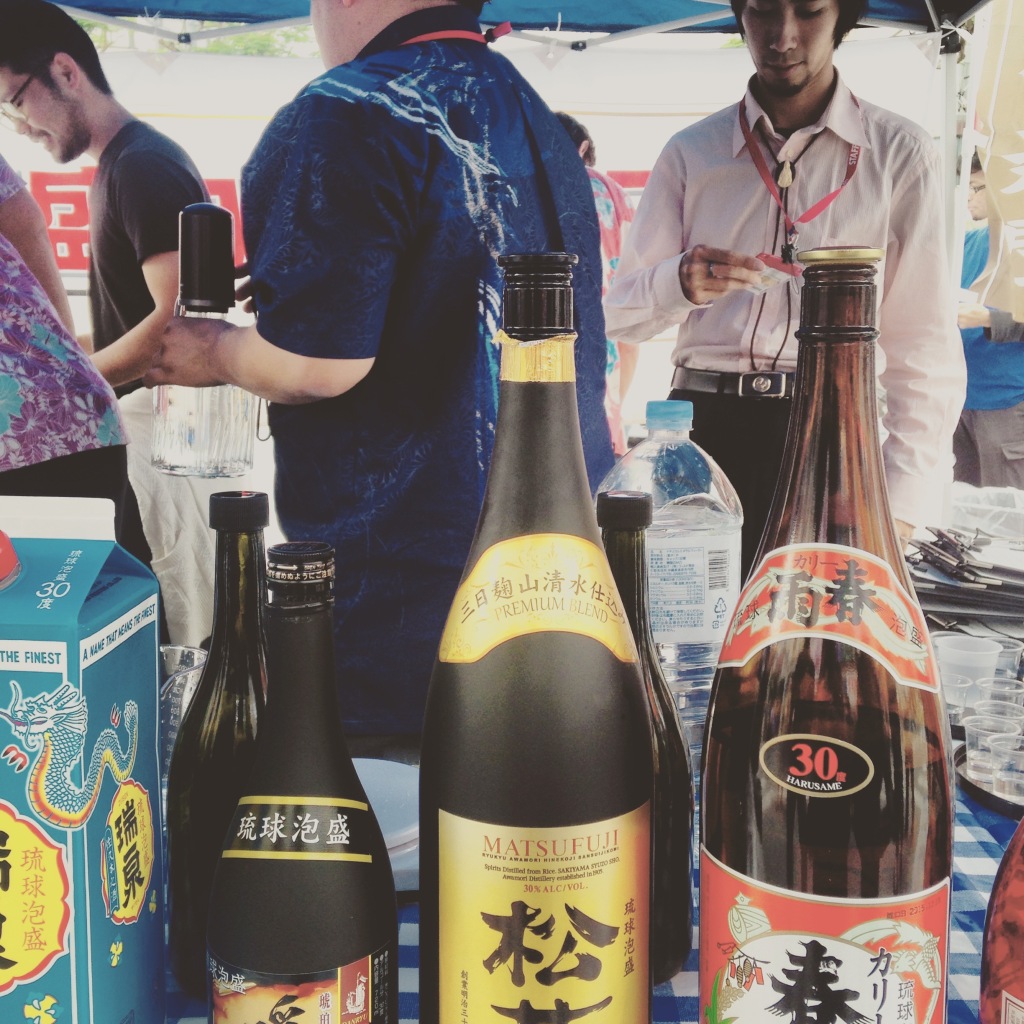

You state that “sake in Japanese refers to all booze”. That is incorrect. Sake in Japanese is a specific beverage made from rice in a fermentation process somewhat similar to, but not the same as, beer (beeru in Japanese). It is not rice wine, although most Americans mistakenly refer to it as such. Different types of sake such as Junmai, ginjo, namazake, honjozo, etc are differentiated by the size and texture of the rice kernel, type of yeast, and processing steps (filtered vs unfiltered). You are right that cheap poorly made sake may contain wheat gluten as an additive but AUTHENTIC SAKE IS GLUTEN FREE. Also Americans typically pronounce sake like ‘saw-key’ but the correct pronounciation is ‘saw-kay’.
LikeLike
I always have Nodogoshi beer right on first day of arrival in Japan as (imported) GF beer is really hard to find in Thailand. And of course Sake. Tried both Junmai and common one and I am still here 😀
Strong Zero is my new favourite, and I always have Ume Sawa when going to Izakaya. I was told about highball, but haven’t tried yet. Can’t wait for Covid-19 to be over then I can do Izakaya & bar hopping ^_^
LikeLike
Fantastic information, thank you! Do you happen to know anything about the Koyomi Highball chuhai? That’s my favourite! Thanks 🙂
LikeLike
Hi Nicole! We actually hadn’t heard of that one before. Is it made in Australia? It looks yummy! From the information we could find online, we couldn’t find which shochu it is made with, so that would probably be a big factor as to how GF it is. Sorry we can’t help with the specifics of that one.
LikeLike